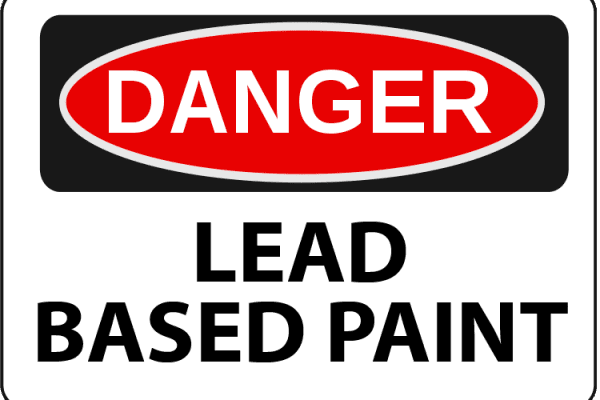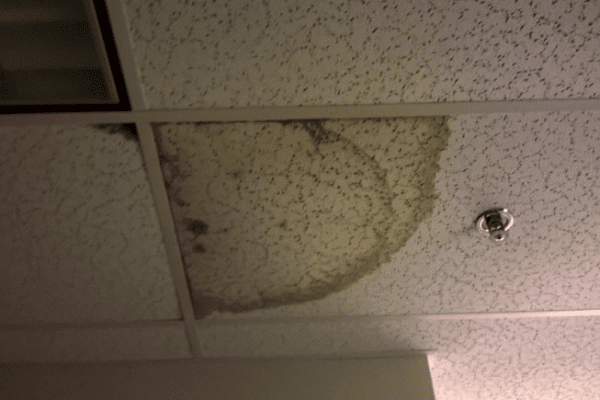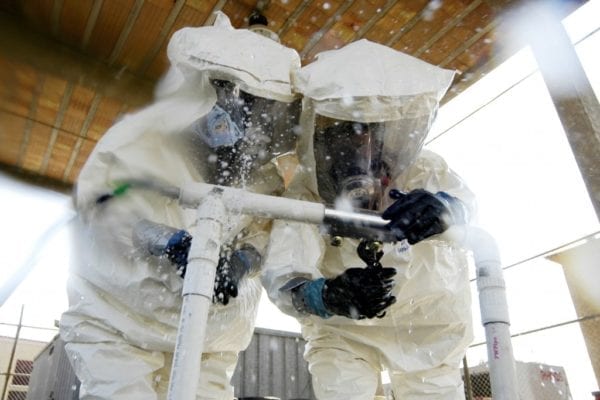In 2016, more than 5,000 workers were killed on the job. More than 20% of those were in construction, while the remaining 80% were in general industry, manufacturing, and other environments.
Since its inception in the 1970s, OSHA has been responsible for substantially decreasing the number of workers injured and killed on the job annually. In 1970, United States businesses caused roughly 38 worker deaths a day. Today that number is 14.
Though greatly reduced, that number is still too high, and the leading cause is failure to comply with OSHA regulations. Every year, OSHA conducts tens of thousands of inspections and issues tens of thousands of citations for violations. The fines for these violations can be enormous, but even worse is the human cost they represent.
To keep your workers safe–and reduce the risk of citations–here are the top 5 most commonly cited OSHA standards you need to know and comply with.
One: Chemical Hazard Communication
OSHA standard 1910.1200 requires employers to make information about chemical hazards both available and understandable to employees. This information must include both the identities of the chemicals and their specific physical and chemical hazards. Violations of this standard are the most common industrial safety citation.
To meet this standard, employers must evaluate the hazards of the chemicals they produce or import, and prepare labels and safety data sheets to convey the hazard information to both their employees and their downstream customers. They must also provide labels and safety data sheets to their exposed workers, and train them to handle the chemicals appropriately.
The full standard can be downloaded here.
Two: Respiratory Protection
OSHA Standard 1910.134 requires employers to provide adequate respiratory protection and training. Respirators protect workers against insufficient oxygen, harmful dusts, fogs, smokes, mists, gases, vapors, and sprays that may cause cancer, lung impairment, diseases, and death.
An estimated 5 million workers are required to wear respirators in 1.3 million workplaces throughout the United States. Violations of this standard are the second most common industrial safety violation.
To meet this standard, employers must understand the airborne hazards their employees are exposed to, and provide correct, adequate, up to date, and well-fitting respiratory equipment. They must train their employees in the nature of the hazards as well as the proper use of the equipment.
The full standard is available for download here.
Three: Control Hazardous Energy (Lockout/Tagout)
OSHA Standard 1910.147 requires employers to protect workers from hazardous energy.
Hazardous energy can include electricity, but it also includes mechanical, hydraulic, pneumatic, chemical, thermal, or other sources of energy that may be hazardous to workers.
Protecting workers from hazardous energy requires an understanding of what constitutes hazardous energy, and an assessment of energy hazards at the work site. To meet the standard, employers must first eliminate any energy hazards that can be eliminated, and mitigate any remaining hazards with proper training and tagout/lockout procedures.
The full standard is available for download here.
Four: Powered Industrial Trucks
OSHA Standard 1910.178 requires employers to protect workers from hazards associated with powered industrial trucks, also known as forklifts and lift trucks. Improper operation, storage, and maintenance of forklifts and lift trucks are the fourth leading cause of OSHA violations in industrial settings.
OSHA standards address who can operate them, under what conditions, how they must be labeled and stored, and how to protect workers from the many related hazards.
The full standard is available for download here.
Five: Machinery and Machine Guarding
OSHA Standard 1910.212 requires employers to protect their workers from moving machine parts. Moving machine parts can cause severe injury including crushed fingers, amputations, burns, blindness, and even death. OSHA requires that any machine part, function, or process that may cause injury must be safeguarded.
The full standard is available for download here.
Industrial workplaces pose many potential hazards to workers, and waiting for an accident to occur is not good policy. If you don’t already have an effective worker safety and health plan in place that fully addresses all OSHA standards, an experienced compliance consulting firm can help you get there. You owe it to your bottom line and, especially, to your workers.
Contact us today to speak with an experienced industrial hygienist about a compliance assessment.






